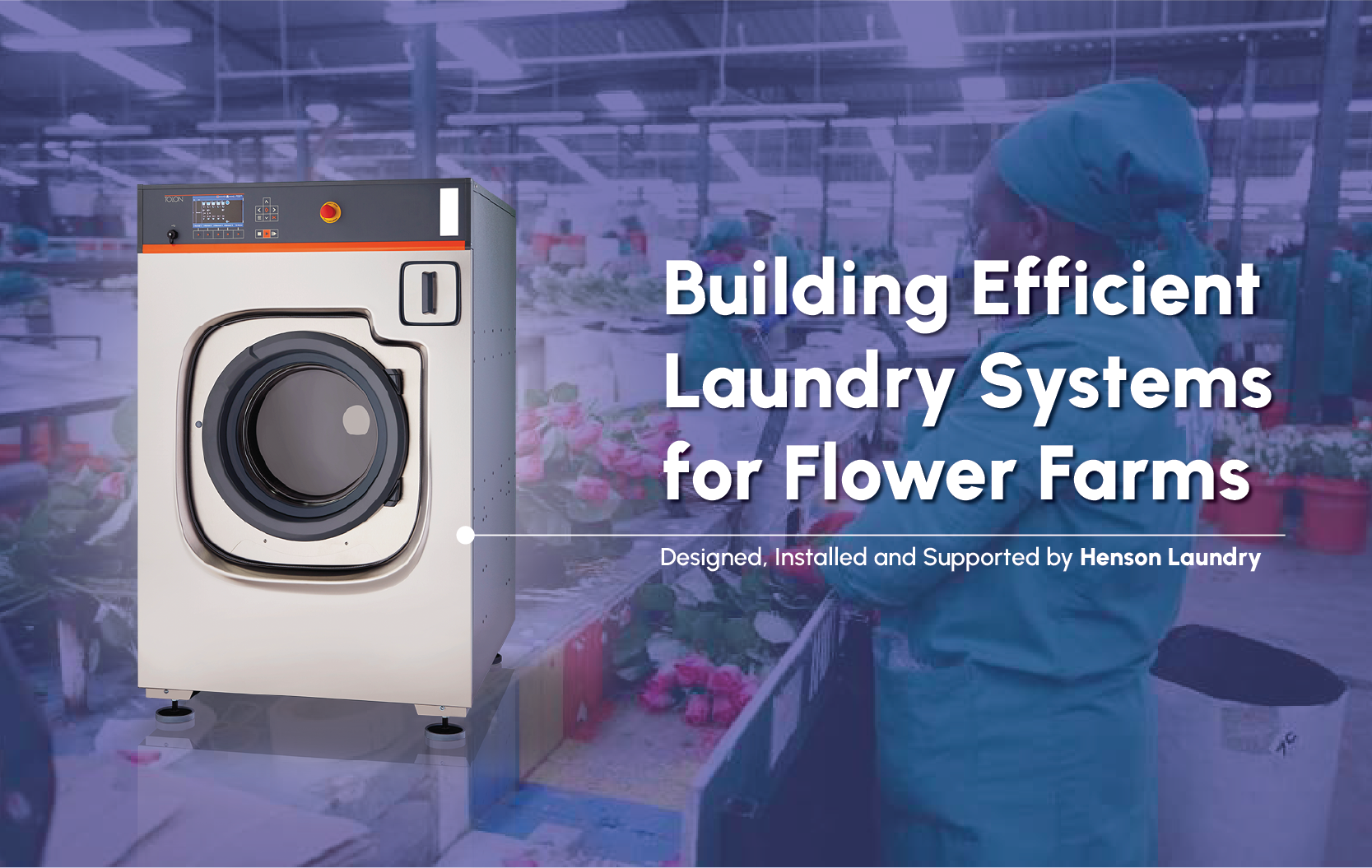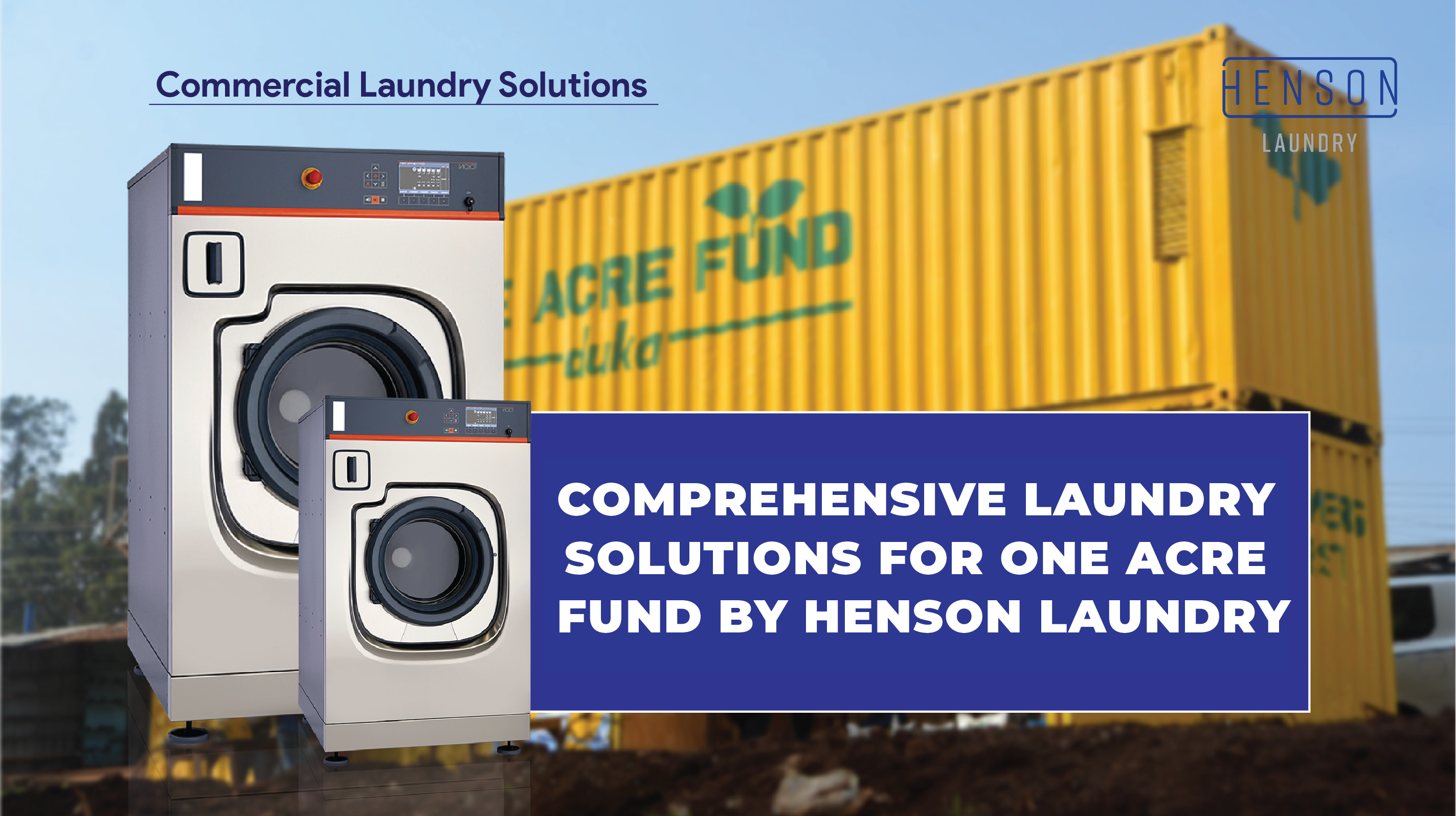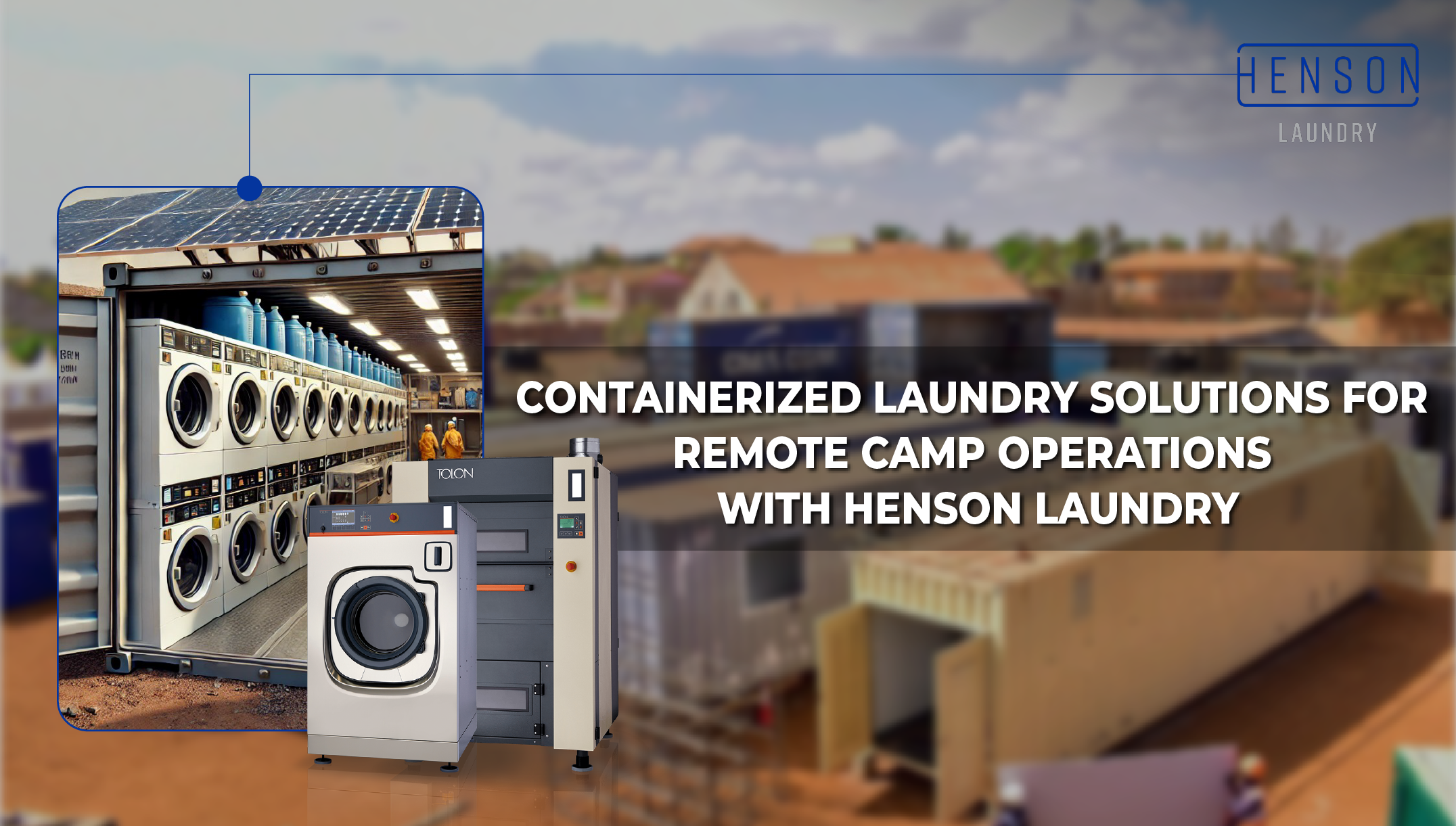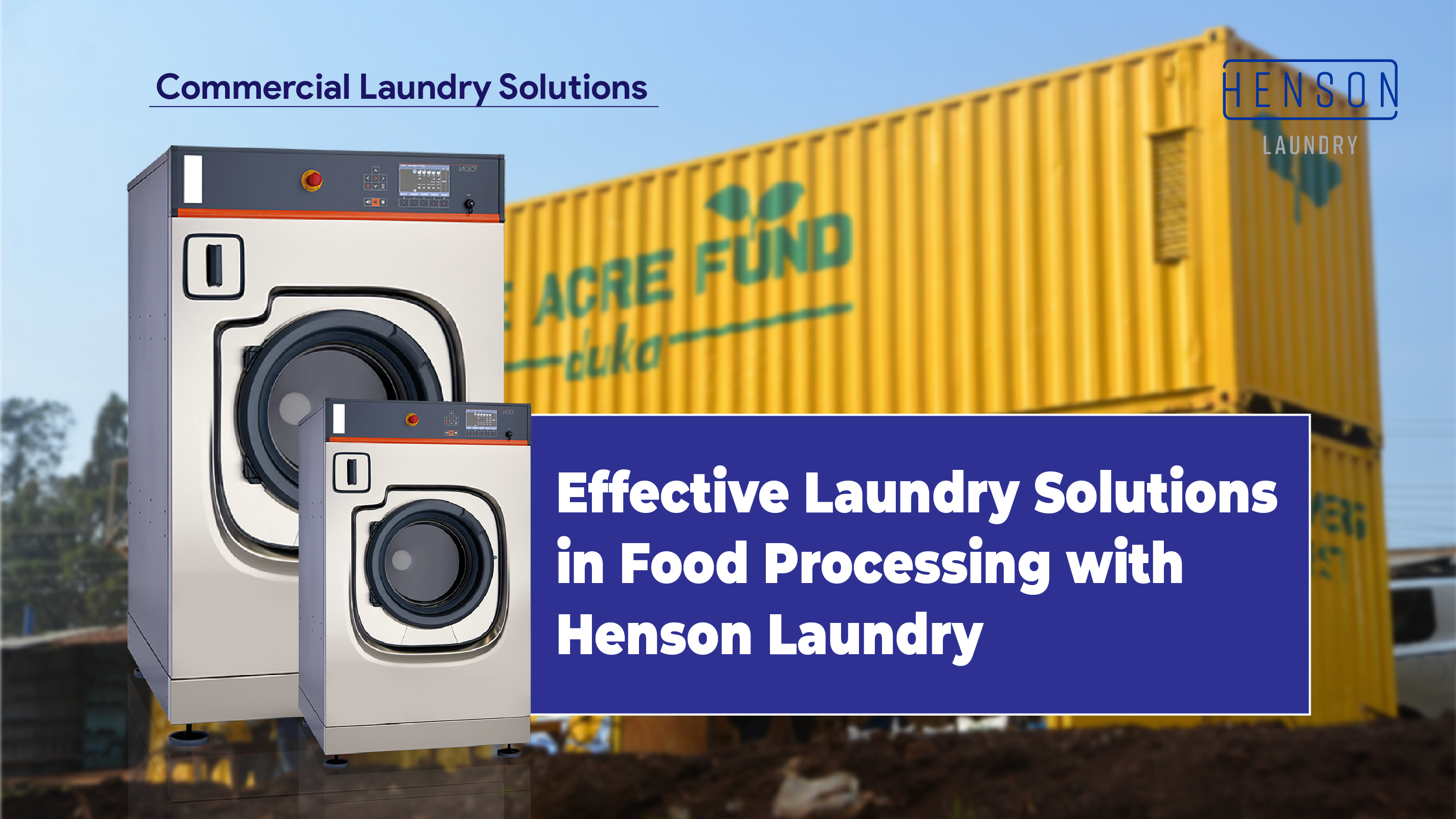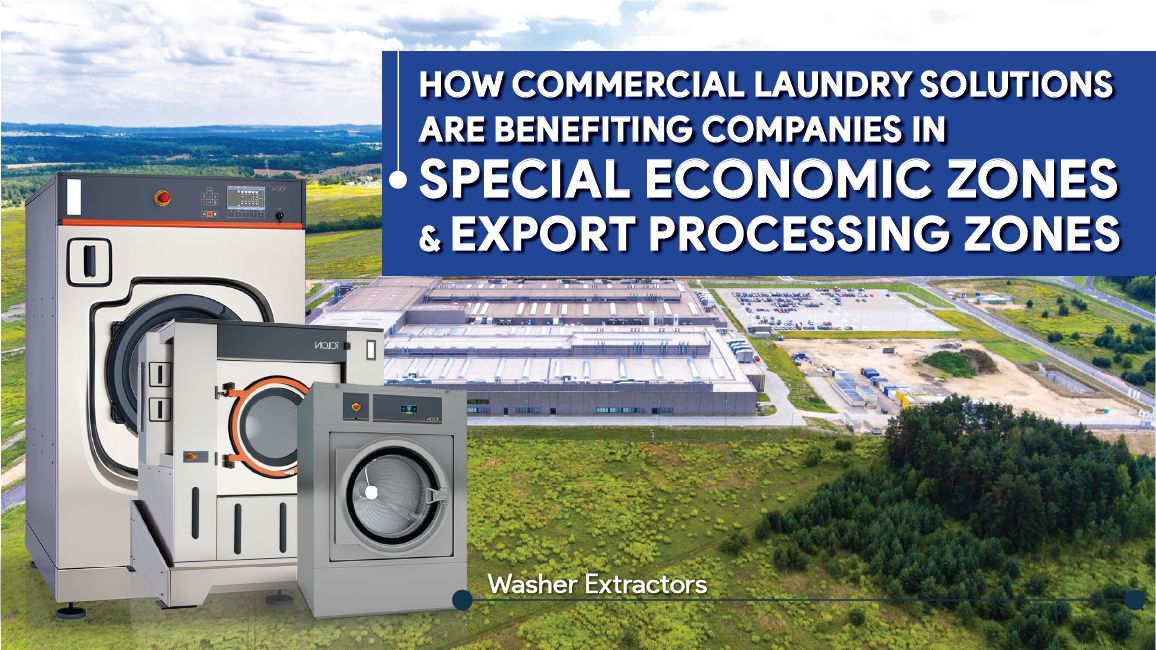Commercial laundry equipment, unfortunately, does not last forever. It’s evident that your washing machine needs to be replaced if it’s broken and can’t be repaired. However, if your laundry equipment is still in good operating shape, you may need to replace it. How do you tell when it’s time to replace your commercial laundromat’s washers and dryers? Many considerations come into play, including the age of the present equipment and the needs of your clients. Here are some of the telltale symptoms that your commercial laundry equipment needs to be replaced:

- Your Laundry Utility Costs are too High
One of the most significant expenses for on-premise laundry for fcatories and industries is utility prices. It may be time to upgrade your laundry equipment if your utility bills are higher than intended. New commercial washers and dryers use far less energy and water than earlier models. Upgrading to more energy-efficient machines will help your laundromat save money on water, electricity, and gas. Just one modern commercial washing machine can save hundreds of gallons of water every month. While the expense of new laundry equipment may be prohibitive at first, these machines can save you money (and attract more environmentally conscious consumers) over time, eventually paying for themselves.
2. Your Laundry Equipment Looks Old.
There’s no getting around the fact that your laundry washers and dryers are old, and this can have a major impact on your business. No matter what paint color, design, or other characteristics you have, old laundry equipment makes your entire laundromat look ancient. For efficiency and optimum operations modern and new equipment are the best option.
3. Your Equipment is Constantly “Out of Order”.
Older equipment is more likely to break down and need expensive repairs. Not only does this cost you money, it limits your profits and company operations. Even with proper maintenance, there comes a time when factories and industries will need to replace older laundry equipment.
According to the Coin Laundry Association, the accepted standard of useful life for commercial coin laundry equipment is as follows:
- Top Load washers (12 lbs. to 14 lbs.): 5-8 years
- Front Load washers (18 lbs. to 50 lbs.): 10-15 years
- Dryers (30 lbs. to 60 lbs.): 10-15 years
- Heating Systems: 10-15 years
- Coin Changers: 10-15 years
4. You are lacking the needed technology needed for your Laundry Operations
The washing sector is no exception when it comes to technological advancements. In recent years, the business has seen significant technical advancements that can assist improve security, efficiency, and consumer loyalty. Keeping your on-premise up to date with modern technology will make it stand out and attract consumers. It may be time to upgrade your equipment if it is old and lacks appealing features.

5. You’re not meeting your factory/industry laundry demands
Nobody wants to spend an entire day in the laundry room in today’s fast-paced environment. Operations will slow if you have an inefficient lauundry room layout or design. Large-capacity machines are preferred for factories and machines because they can handle larger loads and complete laundry faster. Modern commercial washers and dryers are also more efficient, processing each load of clothes faster while maintaining a higher level of cleanliness. Bonus: if your laundry equipment can run efficiently your easen the pressure and improve, hygene and operational efficiency for your factory.
For inquiries on commercial laundry equipment please contact us at 0706 606 072 or info@hensonlaundry.comVisit our showroom at Ananas Centre, Westlands.

